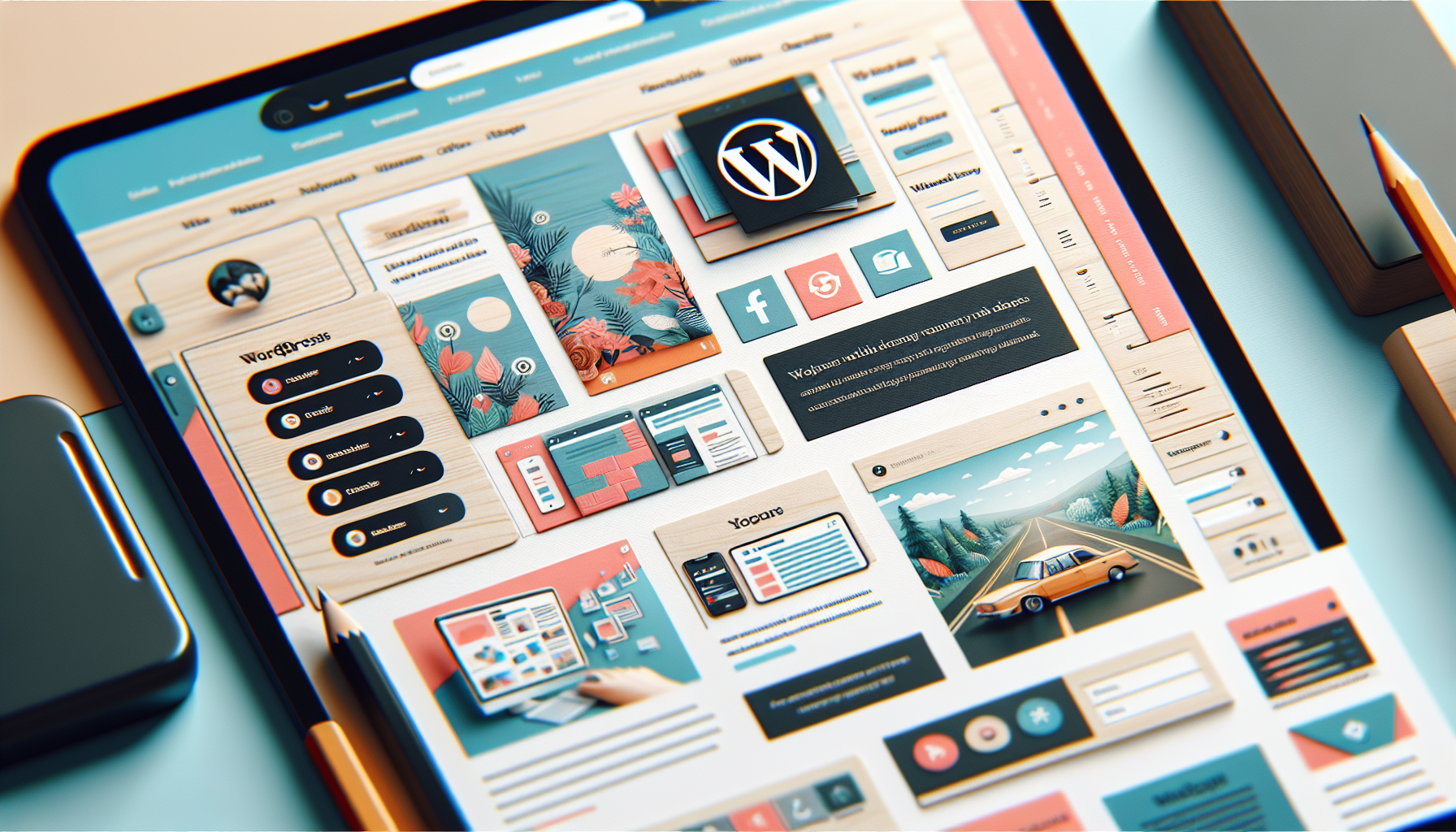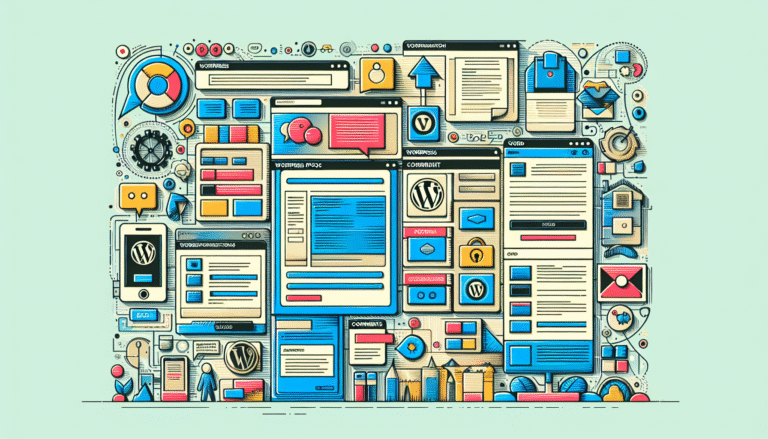
Let’s discuss a topic gaining traction in tech circles: AI agents. You might picture agents in suits making decisions for high-level organizations, but this isn’t a distant sci-fi concept. It’s very current and relevant to creative and technical professionals like you.
AI agents are not just another Silicon Valley trend. They’re already influencing how we work, especially in web development, digital experiences, and user flow optimization.
AI agents are more than just a tech fad. They are becoming integral to workflows, helping professionals save time, reduce friction, and enhance creative problem-solving.
Experienced designers, developers, or UX strategists aren’t seeking another distraction but something that adds real value to their processes. So, why focus on AI agents?
They’re not merely tools that produce outputs; they are designed to achieve goals, work across applications, reason through tasks, and refine outcomes. In essence, they execute, not just answer questions.
Let’s explore how AI agents integrate with your work.
What AI Agents Actually Are
Imagine a skilled intern with technical expertise, a thorough understanding of your workflows, and no ego. That’s an AI agent. It doesn’t need constant guidance. You set a goal, and it handles the rest.
For instance, if you’re working on a client’s onboarding flow, you might instruct the agent to:
“Analyze onboarding UX patterns for three competitors, highlight friction points, and suggest a simplified flow.”
The agent will browse content, compare flows, extract insights, and provide a summary that’s useful, not generic.
Behind the scenes, it connects tools like browsers, summarizers, spreadsheets, or diagramming tools. It acts, adapts, and completes tasks.
That’s the shift. Agents are evolving from suggestion engines to autonomous executors.
AI agents aren’t confined to a single platform. Many work across systems, moving between Notion, Figma, Google Docs, GitHub, your local IDE, and your calendar, coordinating actions. They can also communicate with APIs to manage data.
They’re like junior colleagues who understand your tools and are quick learners.
For Web Designers: Beyond the Canvas
If you’ve been designing for a while, you’ve seen many automation tools come and go. AI agents feel different because they don’t just offer static suggestions—they accompany you through the design cycle.
Imagine redesigning a SaaS dashboard. You ask your agent to audit the current layout based on UI/UX heuristics and modern design patterns. It identifies inconsistencies and suggests improvements linked to real design systems.
You then provide product goals. It drafts three layout directions with annotated wireframes. Not perfect, but solid starting points for refinement. You start with momentum, not a blank slate.
The more context you provide—design guidelines, target audience, visual brand language—the more useful its suggestions become. It doesn’t replace your intuition but sharpens your perspective.
In tools like Figma, Sketch, or Webflow, agents can interact with plugins, extract layer data, and auto-label components for developer handoff. This isn’t hypothetical. It’s happening.
Agents can also analyze user testing feedback. With insights from 10 user tests, instead of sifting through transcripts, you can ask the agent to extract key insights, flag recurring pain points, and generate a usability score based on heuristic violations.
The potential is vast: pattern recognition, layout variation generation, typography pairing, accessibility reviews—all possible in minutes.
For Developers: Code, Context, and Clarity
Developers face challenges like unexplained errors, unclear legacy code, documentation gaps, and setup boilerplate.
With agents, you can:
– Set up project scaffolds with your preferred stack.
– Receive inline suggestions based on your coding style.
– Request audits of component performance or accessibility.
– Automate commit messages, documentation, and changelogs.
You’re still in control, but the tedious parts? They’re managed.
With a tricky API, your agent can read documentation, test endpoints, and output a clean integration aligned with your architecture. It’s like collaborating with someone who doesn’t tire.
Agents can maintain a memory of your repository. You can ask questions like: “What’s the difference between these two auth flows?” or “Which components haven’t been updated since version 1.0?” and get contextual answers.
On the frontend, agents can inspect DOM trees, suggest responsive fixes, or flag WCAG violations. They can analyze bundle sizes and recommend optimization strategies.
Some developers pair agents with live environments, where the agent monitors exceptions, logs them, and sends alerts with suggested patches.
This is advanced debugging, already benefiting teams in startups and enterprises.
For UX Strategists: Pattern Recognition at Scale
AI agents are particularly powerful for strategic work involving research, synthesis, and alignment. Consider the raw data you collect: interviews, surveys, analytics, support tickets, session recordings. It’s substantial.
Imagine uploading your data, and your agent clusters key pain points, identifies trends, and cross-references them with competitive features or industry benchmarks. It even suggests ways to address the top issues.
Or, when mapping a complex user journey, you




